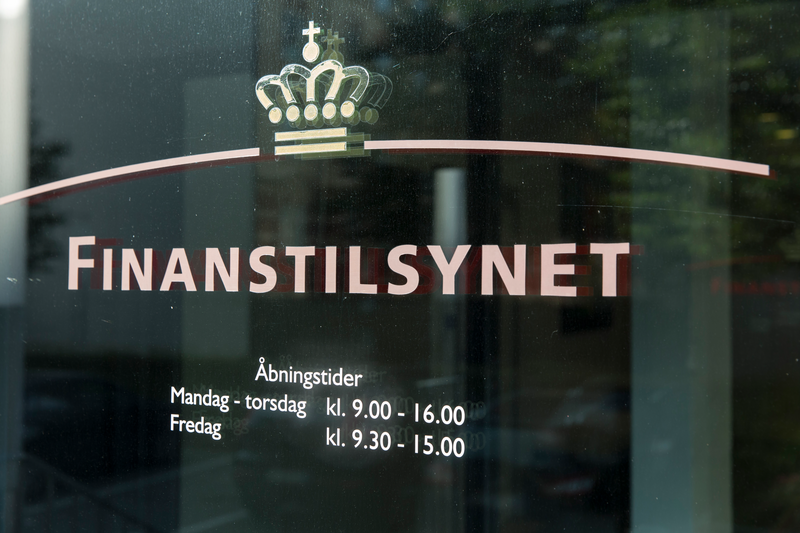Generative AI is revolutionizing the fintech landscape, from innovative lending solutions and automated trading platforms to advanced customer experiences and risk assessment. Fraud detection, AI chatbots, and insights through data are some of the key evolutions.
According to Statista, the total transaction value in the digital payments market is projected to reach $439.30 billion in 2023.
Large language models
The adoption of instant payment systems has been driven by the increasing demand for faster, more convenient, and accessible financial services.
The past seven years have seen a lot of changes in payments. Banks are currently grappling with how to integrate large language models (LLM).
“Lots of banks are struggling at the moment to build out that LLM internally. Most of them don’t have the data architecure to support access to data across the bank. The foundations are being put in place for them to have a harmonized data architecture,” Anu Widyalankara, Payments Strategy and Technology Lead, EY, said.
“At JP Morgan we have that data. We process it on a daily basis. We have billions of documents to trade open source models with. I actually think the differentiation is flipping a bit. Even the big banks have access to state-of-the-art tools and the data becomes a differentiator,” Samuel Beck, Managing Director of Payments, JP Morgan, said.
Managing compliance
Generative AI can assist financial institutions in ensuring compliance with evolving regulations by automating the analysis of legal documents, identifying potential risks, and implementing necessary changes to adhere to compliance requirements. But they need to keep pace with technological evolution.
“There is not a lot of time that banks have had to put the right risk management and mitigation processes in place. The scams and frauds happening in the space – we can blame banks but it’s not really their fault. AI is the only option. Most banks are seeing an acceleration of 200-300% in transactions to strangers. The problem is also instant spend, not just instant payments,” Sudhir Jha, EVP of Cyber & Intelligence, Mastercard, said. “Gen AI will produce much better synthetic fraud data.”
Speakers discussed how ChatGPT works in the payments space. “When ChatGPT burst onto the scene, we had hundreds and hundreds of use cases. Our problem is now around finding the ones we want to invest in and pursue. From a compliance perspective, LLMs really help in understanding policy and documents and exploring policy differences,” Beck said.
Doubling down on fraud
“The requirements for sanctions screenings don’t go away because you’re required to process the payment in less than 10 seconds. Regulators are thinking creatively about how to satisfy the sanctions screening requirement without necessarily having to screen every single transaction. LLMs can do that work very accurately,” he continued.
LLMs are adept at natural language processing, allowing them to analyze and understand textual data, including messages and communication related to financial transactions. They can identify patterns and anomalies in text that may indicate fraudulent activity.
“We always want to know what is normal or expected behaviour,” Jha said. “Gen AI takes that to the next level. With 10 to 15 years of transaction data, I can predict what transactions someone will and will not make.
“Push payment fraud is one of the biggest types of fraud we’ve been dealing with since the pandemic. Social engineering is another type prevalent now. We’ve tried to hold social media companies accountable. They have the data and can provide the intelligence on top of that. This is a great opportunity for them to address this using the assets they have,” Widyalankara said.

















